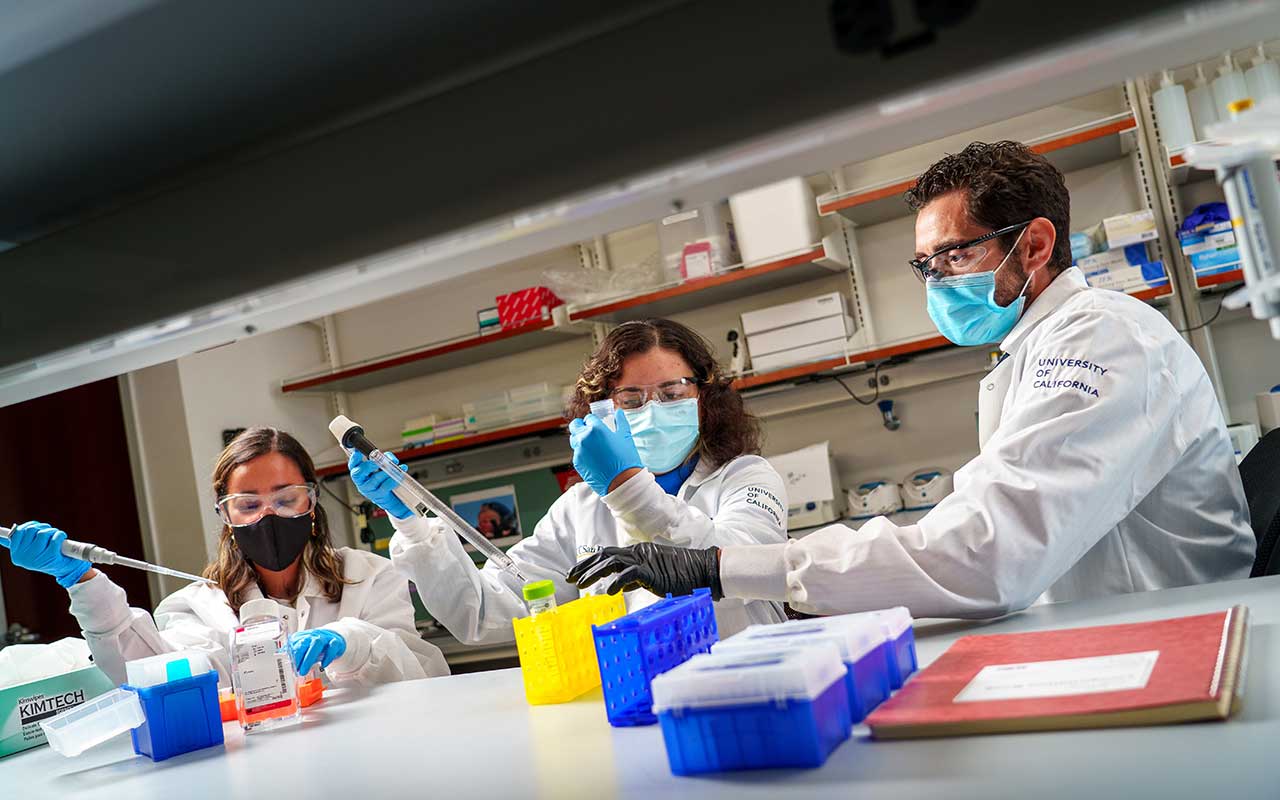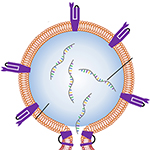Can Seven Questions Determine How Wise You Are?
Researchers report that an abbreviated, seven-item scale can help determine with high validity a person’s level of wisdom, a potentially modifiable personality trait that has been shown to have a strong association to well-being.
















